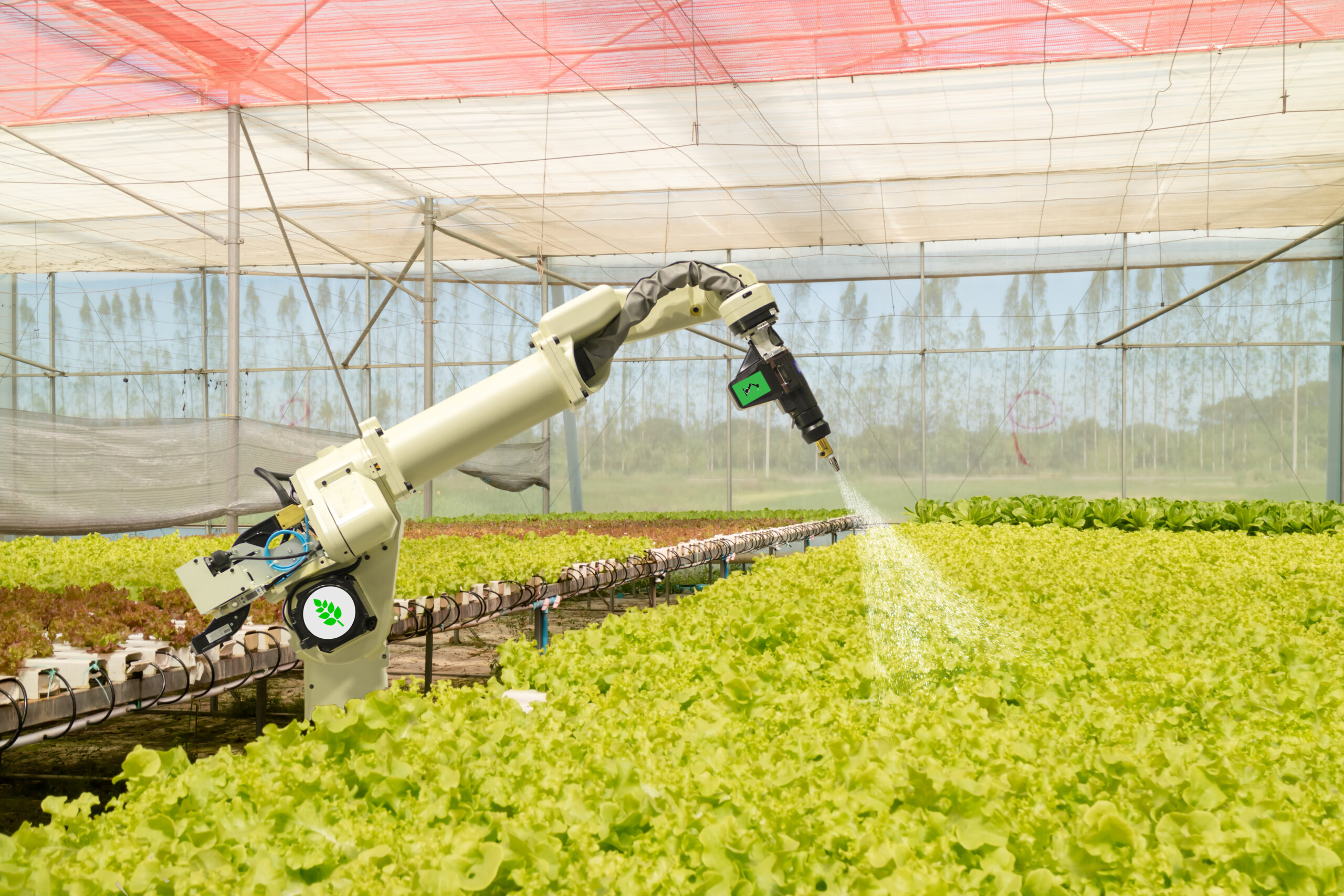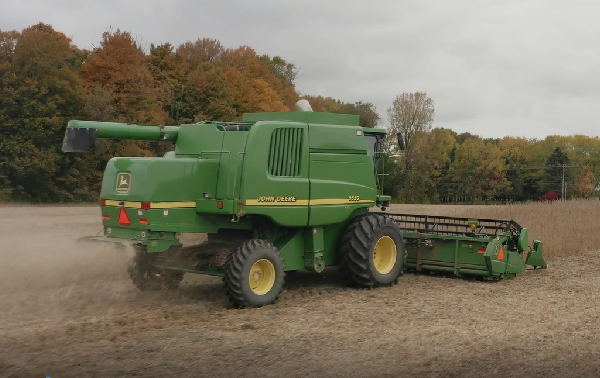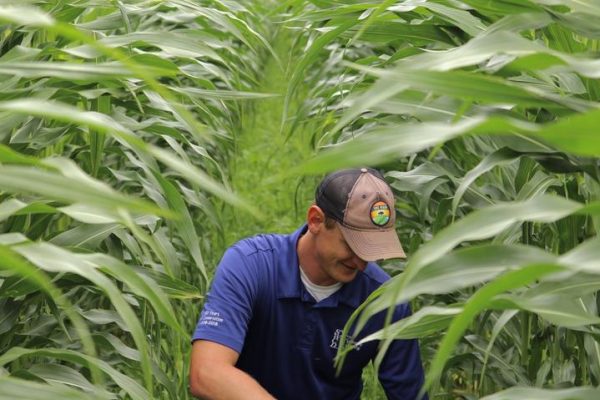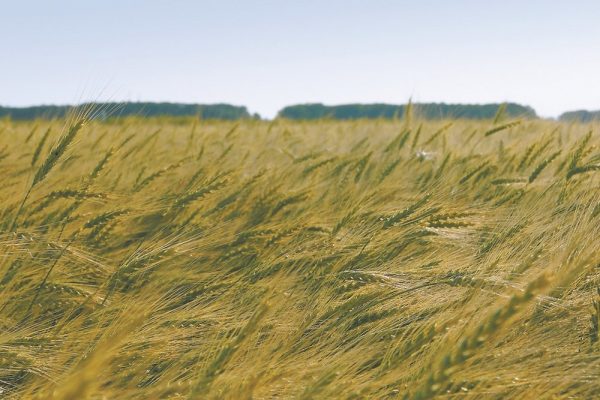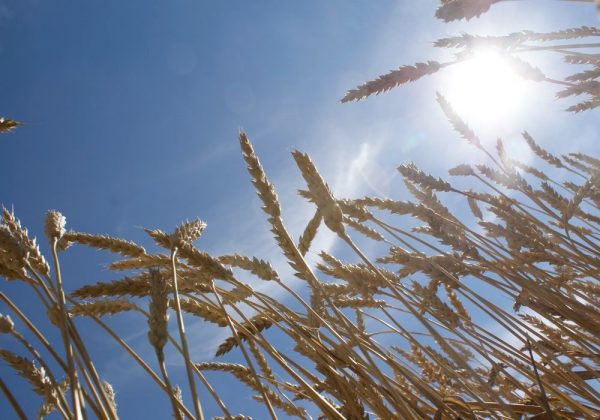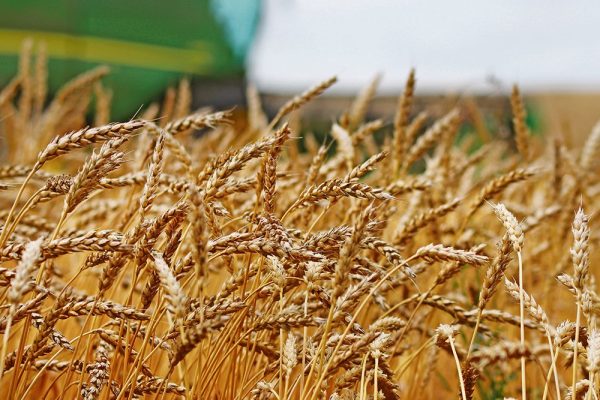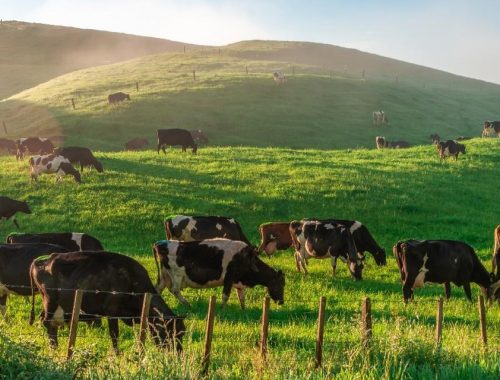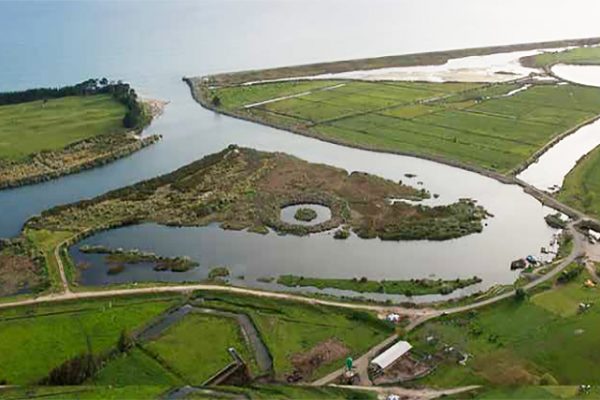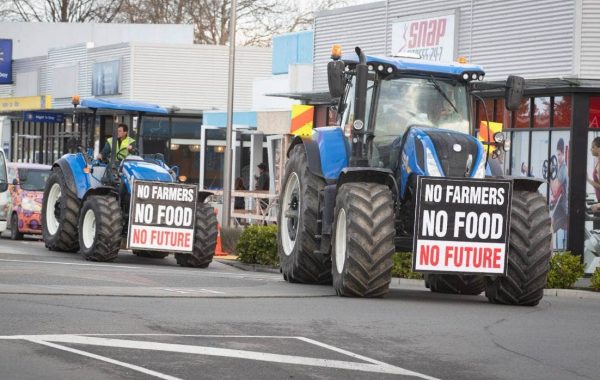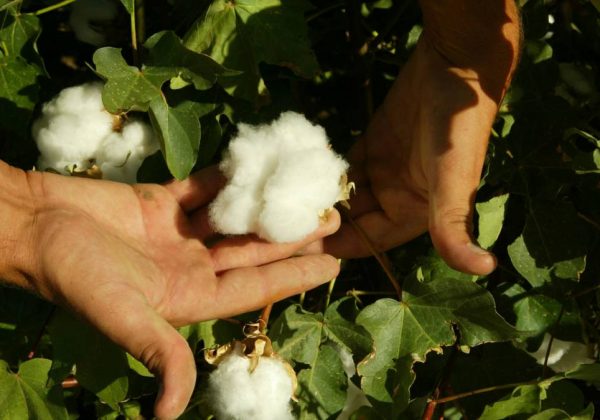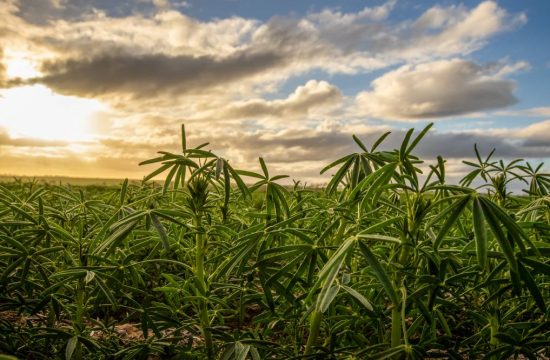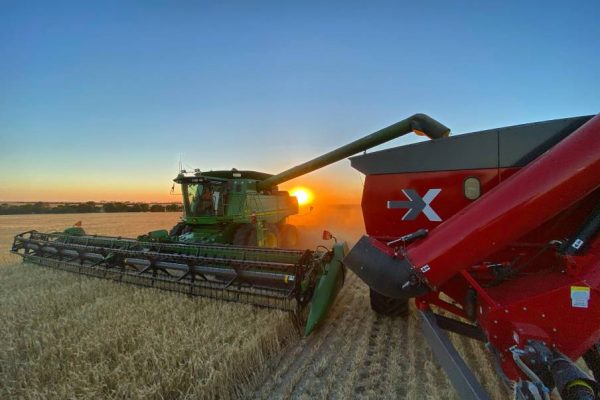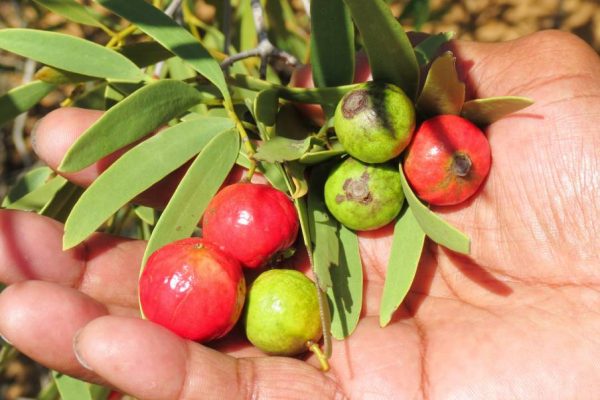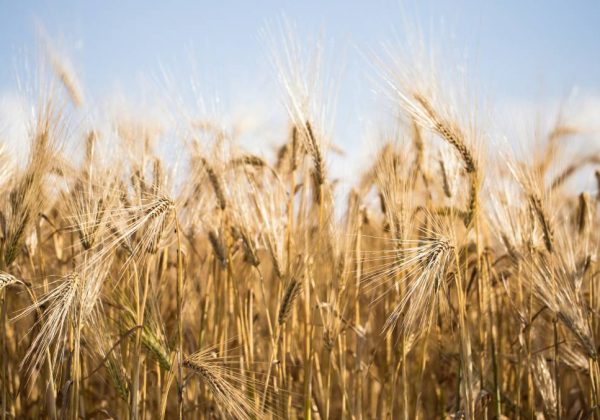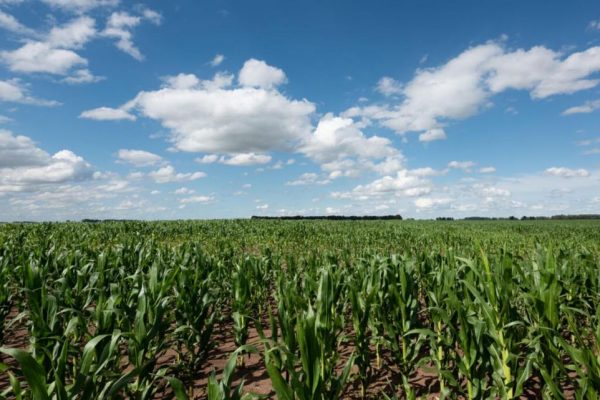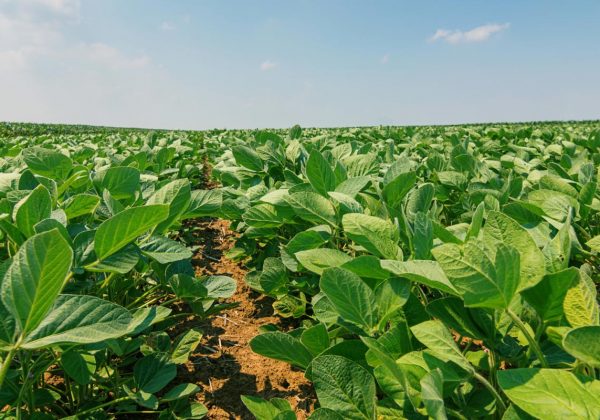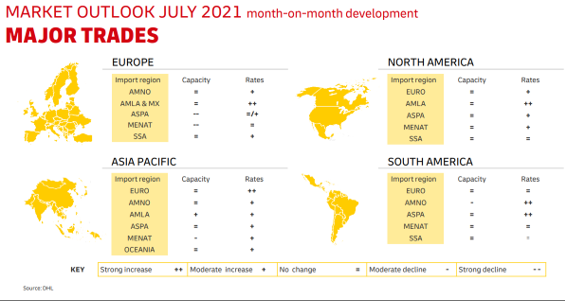USA and Canada
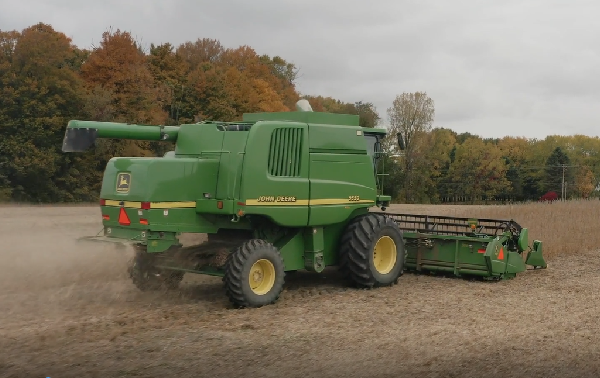
US and Canada heatwave hammers crops, forcing up global grain prices
A heatwave across the United States and Canada is having a devastating effect on crops and pushing grain stocks low.It is good news for Australian farmers, though, as the price of canola is rocketing.
In the United States, temperatures in some regions have risen to 50 degrees Celsius, smashing previous records, while Canada is in the grip of its worst drought in two decades.
Temperatures have risen to record levels in the Pacific North West and parts of California.
According to the US federal government drought indicator, the country hasn’t seen such dry conditions in the West or Washington State since the late 1800s.
Read More…
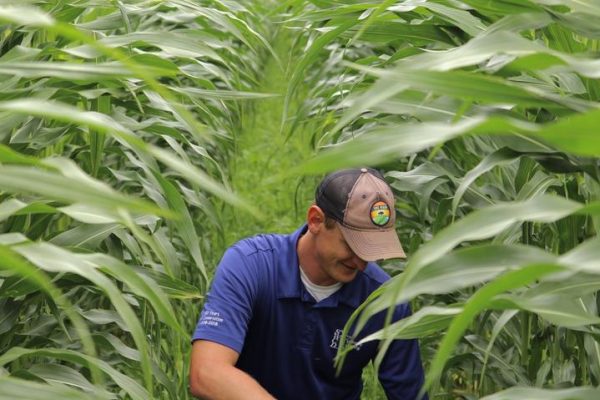
Southeast Minnesota crops healing from stretch of drought conditions
Crops in Southeast Minnesota including hay are seeing improvements from a month ago due to recent precipitation.
Most drought-stressed crops in southeast Minnesota seeing the light at the end of the tunnel last month have been revived, according to area specialists.
Michael Cruse, University of Minnesota Extension educator based out of Fillmore County, said the conditions in southern Minnesota are unlike in the majority of the state.
“We’re kind of different in our region than what we’re looking at across the rest of the state,” Cruse said on July 7. “In the past two or three weeks we caught a couple of good rains.”
Read More
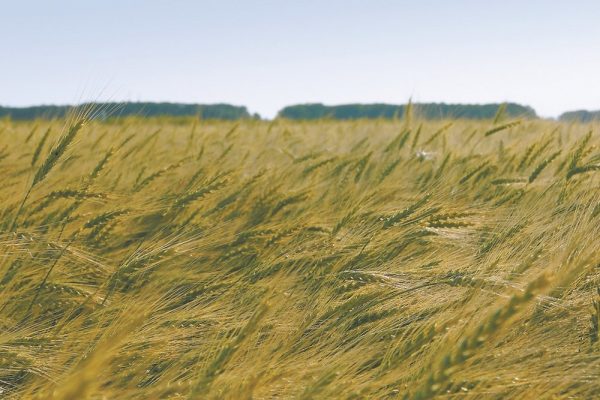
Looming protein shortage boosts spring wheat demand
Millers in the United States may be confronted with the double-whammy of a low-protein hard red winter wheat crop combined with severely curtailed spring wheat production, say analysts.
An estimated 38 percent of the hard red winter wheat crop has been combined. Protein levels have averaged 11.4 percent based on 266 samples, down slightly from the five-year average of 11.6 percent.
Analysts believe protein levels will be well below average by the time the entire crop is off, which means millers will need to blend in some spring wheat.
The problem is that U.S. spring wheat production is forecast to be 42 percent below last year’s levels.
Read More…
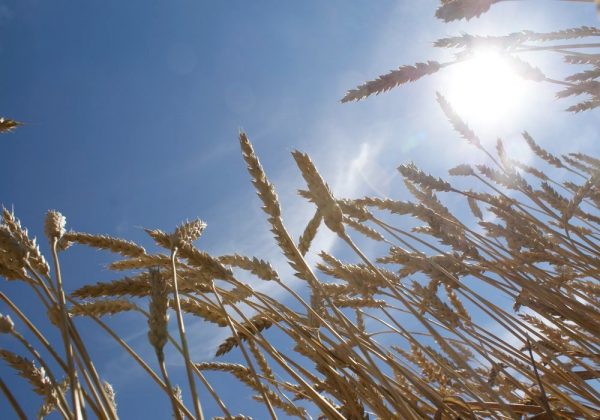
Ottawa set to move on AgriRecovery
Following an appeal from western provinces, the federal government says it is prepared to help producers impacted by ongoing drought conditions through the AgriRecovery program.
Officials are organizing meetings to discuss specifics, but the program is designed to offer disaster-specific relief “in situations where producers do not have the capacity to cover the extraordinary costs, even with the assistance available from other programs.”
Agricultural ministers from across Canada met July 15 to discuss a variety of issues, and an official readout following the meeting said they “expressed their concern for farmers and workers dealing with the current heat waves, wildfires and drought conditions.”
Read More…
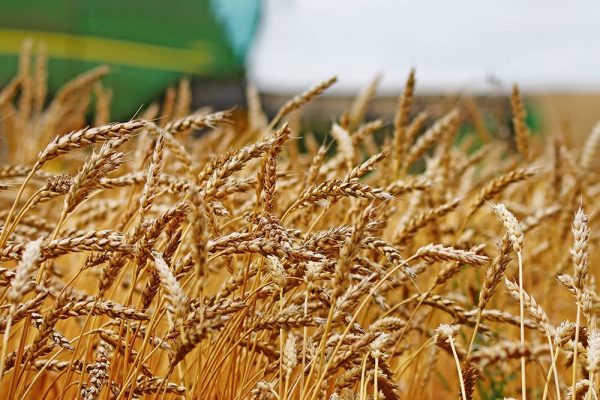
Spring wheat prospects begin to fade
The first official estimate of United States spring wheat yields could be a harbinger of what’s to come in Canada, say analysts.
The U.S. Department of Agriculture forecasts an average yield of 30.7 bushels per acre, a 37 percent drop from last year.
Is a similar 37 percent decline in store for Western Canada’s crop?
“Maybe not right now but by the time we hit Aug. 1 maybe,” said MarketsFarm analyst Bruce Burnett.“It’s entirely within the realm of possibility. I don’t for a minute think we’re an exception this year.”
Read more…
New Zealand
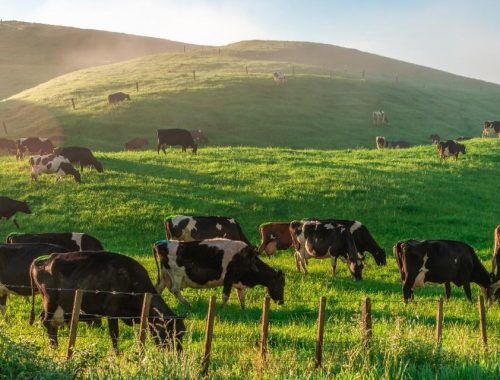
Fonterra warns New Zealand has reached ‘peak milk’
We’ve reached “peak milk” and are entering the era of “flat milk”, Fonterra’s chief financial officer warns.
Marc Rivers said he couldn’t see the volume of milk New Zealand produces increasing again, “so, I guess we could go ahead and call that peak milk”.
Environmental restrictions were impacting how much more land the dairy industry could occupy.
“We don’t see any more land conversions going into dairy – that’s quite a change from before,” he said.
He had also seen dairying land shrink. Some farmers had converted land from dairying to forestry or horticulture, or in some cases housing or even solar farms.
Read More here…
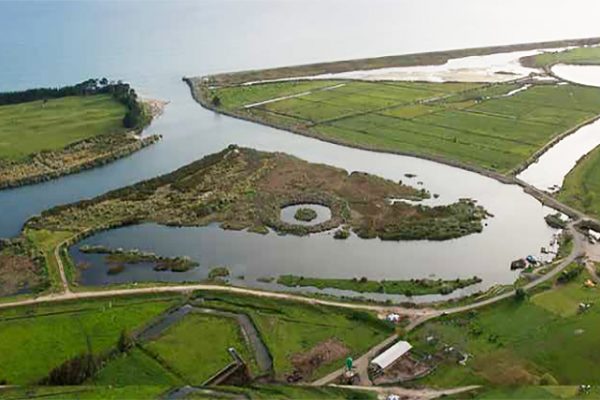
While New Zealand agriculture is in a global sweet spot, Guy Trafford says it is wise to keep the global food security risks well in mind as we work to adapt to the changing climate forces
Compared to many parts of the world, New Zealand and a few other nations seem to be weathering the threats that are real and potential, both profitably and with minimal changes. However, it is worthwhile taking note at what ‘experts’ consider to be what the threats are, how they relate to New Zealand agriculture, and where possible, see how they may be dealt with.
Back in 2019 not long before COVID-19 started making its presence felt Time magazine was asking the question about the ability of the planet to provide enough food for the predicted 9.7 billion or so that are meant to be on the planet by 2050, especially with the impact of climate change likely to be having all sorts of (in the main part) negative impacts.
Read More here…

Groundswell protest: Farmers says ute tax a ‘real kick in the guts’ for rural communities
Farmers say the Government’s ‘ute tax’ is the “straw that’s broken the camel’s back” as frustration boils over in rural communities around the country.
Thousands of farmers are expected to take to the streets in more than 50 towns and cities on Friday in Groundswell’s Howl of Protest.
Organiser Bryce McKenzie says farmers are hoping to send a strong message to the Government they’ve had enough of a “barrage of regulations” that “aren’t fit for purpose”.
Groundswell NZ was formed last year after farmers in Southland took to their tractors to protest newly introduced freshwater regulations.
Read more here…
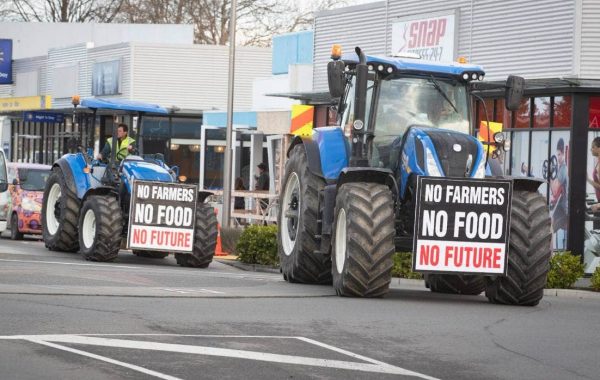
‘Howl of a Protest’ in photos: Tractors take over main streets across NZ
Tractors rolled into main centres and town squares across New Zealand as farmers’ protested against proposed new government regulations on Friday.
The ‘Howl of a Protest’ took place at around 50 locations throughout the country.
Here are some of the best photos from the day.
Read more here…

Allan Barber highlights a desperate job shortage of Halal butchers in the meat industry that is jeopardising a $3.3 bln trade, and contrasts the approach to this issue with ‘exceptions’ for yachties, sports teams and film makers
One of the main problems with this government is its inability to implement. Another is an apparent failure to address pressing problems.
A major gripe is a total refusal to take any action on immigration or to give any hope for future plans to enable employers to retain essential skills or bring them into the country beyond a very small list of exceptions. We all know there is a pandemic which is seriously constraining immigration of any sort. After all we don’t have enough MIQ facilities or staff to cope with returning residents or travellers caught up in the Greater Sydney lockdown.
Read More here…
Australia
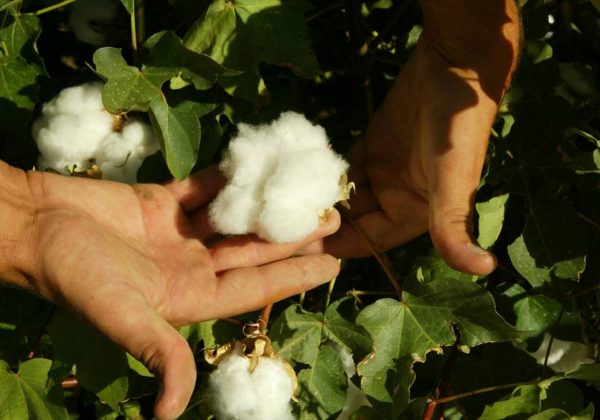
Cotton futures rise on declining stocks and production concerns
THE LOWEST cotton stocks in three years have seen cotton futures rise sharply in recent weeks.
During last week cotton futures made sharp gains on Wednesday, breaking through new highs for the season.
Tobin Gorey, Commonwealth Bank commodity analyst said the New York December 2021 contract finished the day not far under US89 cents a bushel, a new high for the season.
Mr Gorey also said the May 2022 contract had hit season highs, both in US and Aussie dollar terms.
Expectations of lower production in parts and increased textile demand as world economies get back into gear post COVID-19 are driving the rally.
Read more here…
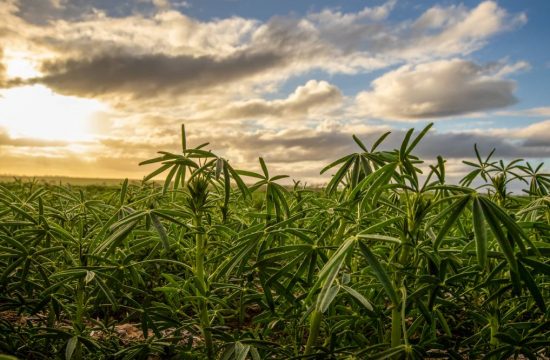
2021 season on track to be a bin burster
WITH the very large total area sown this year and good growing conditions right across the State, it is hard to see how Western Australia will not be in for a record total tonnage, with the Grain Industry Association of WA (GIWA) last week conservatively predicting 19.63 million tonnes.
Recent rainfall has consolidated the excellent start to the grain growing season and all regions have received top-up rain which has continued to drive tonnage estimates up.
The wet areas in the South West and southern coastal areas are now becoming too wet and tonnage estimates are down at least 10 to 15 per cent in the southern areas of the Albany Port zone and the coastal strip in the Esperance port zone.
Read more here…
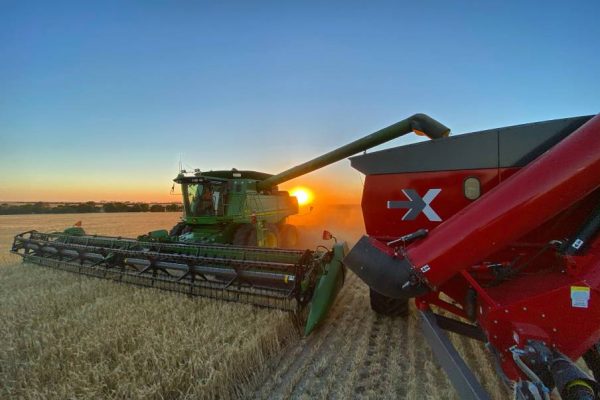
Grain handler plans ahead for big harvest
IN response to estimates of a 19.63 million tonne harvest, CBH Group has brought forward its planning for the busy harvest period and is currently a month ahead of where it would usually be.
Key parts of that planning include the need for an additional 1mt of emergency storage and an early start to the recruitment of casual workers for the harvest period.
CBH acting chief executive officer Ben Macnamara said ultimately they’re forecasting that the 2021/22 harvest would be well above average.
“With a big crop coming at us, it’s more important than ever to get harvest estimates in and Paddock Planner is a key part of that,” Mr Macnamara said.
Read more here…
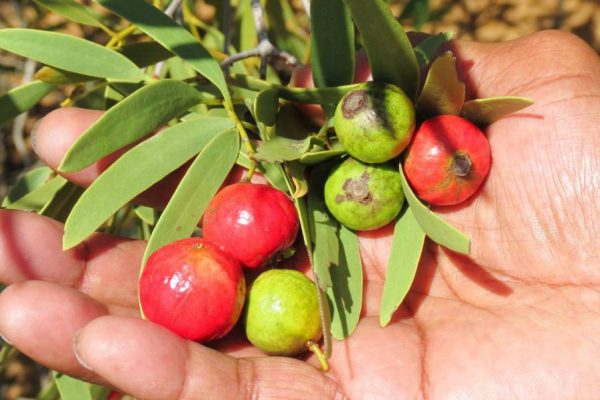
Bringing indigenous interests into bush food market
IN Australia, less than one per cent of traditional produce is commercialised for Aboriginal interests, creating a huge barrier to indigenous involvement in the native bush food supply chain.
Include the fact that Aboriginal people were excluded from having any form of commercial business rights until the 1970s and you end up with multiple generations of people who lack business and entrepreneurial skills, as well as face trying to enter an industry that has started to become oversaturated.
Australian Venture Consultants partner Russell Barnett said the native bush food industry provided a great opportunity for Aboriginal people to build businesses around products that matter to them, creating a connection to country and culture.
Read more here…
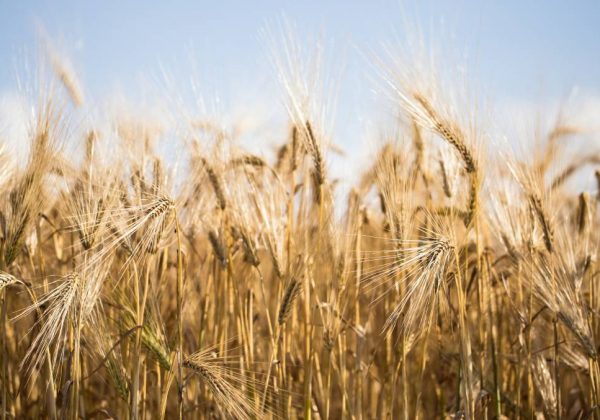
Barley eases as farmer sales lift
East Coast barley prices came under pressure as farmer selling picked up into a market as buyers eye-off another thumping harvest.
An abundance of natural pastures and the absence of export buying from China have significantly eroded demand for Australian barley in recent years.
Two years of drought through 2018 and 2019 forced farmers to feed barley to keep livestock alive. In many cases farmers were forced to buy in supplies at a crippling cost. This was reversed in 2020 as record high barley yields filled on-farm storages to the brim, offering an abundance of supplies for the domestic feeders.
The situation was further complicated in the south. An absence of export demand from China left Victorian farmers looking for new overseas buyers to absorb excess supplies from last year’s bumper crop.
Read more here…
South America

ASOEX’s Chilean Citrus Committee Gives Update on Recent Freezes
The Chilean Citrus Committee of the Chilean Fruit Exporters Association (ASOEX) has provided an update on the recent freezes that have occurred in citrus orchards and proposed some actions to be taken by its associates, which together account for 75% of Chile’s citrus exports.
During the freezes that occurred at the beginning of week 26, the registered minimum temperatures reached averages of −1.7 degrees Celsius in the Valparaíso region, −2.3 degrees Celsius in the Metropolitan and O’Higgins regions, −2.6 degrees Celsius in the Maule region, −2.7 degrees Celsius in the Biobío region and −2.8 degrees Celsius in the La Araucanía region, according to the Chilean Meteorological Directorate.
Read More here…
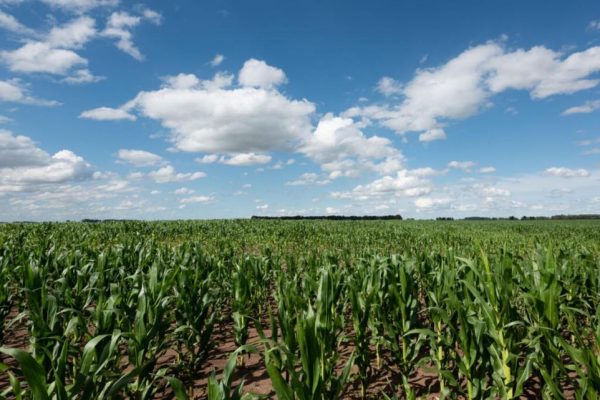
Is Argentina’s soy boom over?
This season, Argentina will plant the least amount of soy for a decade. Maize and wheat have begun to overshadow the oilseed, which has been grown less and less each year.
While in 2014, the ratio of hectares of soy sown compared to maize or wheat was 4:4, this year it fell to 1:4. Far from the “sea of soy” that was the Pampean plains in recent years, record maize production is expected this agricultural cycle, adding up to five percent more cultivated area.
A combination of factors including trade incentives and environmental damage has led producers to move away from the star crop of the early 2000s’ commodity boom. Greater crop diversity could also bring environmental benefits such as protection against increasingly extreme weather events and healthier soils.
Read More here
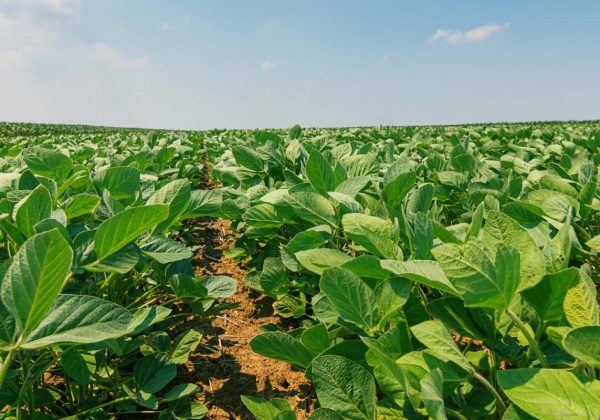
Brazil sees record soy, disappointing corn yields
The latest report from the National Supply Company of Brazil, CONAB, reveals a tale of two cities: a new record in soybean production, and a decrease in corn yields.
As we have mentioned in our last blog, the weather tampered with corn production in 2021. The first crop corn was hurt by rain delays. Even though the planted area increased by 3.3%, it was not enough to compensate for weather issues. The second crop corn (Safrinha) was hurt by drought in the main producing states and by frosts.
Paraná state, one of the top producing states, had irreversible corn losses. Besides the frost that happened last week, still 75% of the farms are likely to suffer from freezing weather.
Read more here
Food Updates

Will plant-based meat alternatives ever be as popular as meat?
The European plant-based market is expected to grow to €18.3 billon by 20231, representing an exciting opportunity for SMEs and large companies alike to engage in plant-based ‘meats’.
Drivers of plant-based meat product development
Today’s consumers are concerned with global warming, animal welfare and healthy eating. Meat production is a major contributor to greenhouse gases but producing an equivalent amount of isolated soy protein has a much lower carbon footprint and so it has proven as a popular protein source in alternative products.2 However, increasing household income and urbanisation has caused the demand for meat and meat products to continue to grow.3
Read more here…

Lidl to increase healthy food sales 35 percent by 2026
Christian Härtnagel, CEO at Lidl GB, claims the discounter’s ‘Healthy Eating Pledge’ is its most ‘ambitious’ target yet, and aims to encourage healthier diets
Lidl GB has today announced a new healthy food commitment, which will see the discounter increase sales of healthy and healthier products to at least 85 percent of total sales, based on tonnage volume, by 2025.
Lidl says its specialist nutrition teams have developed a bespoke nutrient profiling system (NPS) based on Public Health England’s nutrient criteria for front-of-pack traffic light labelling, focusing on fat, saturated fat, sugar and salt, which ranks all products as healthy, healthier or least healthy.
Read more here…

Limit sushi intake warn scientists after samples found to contain heavy metals
Researchers have determined the right amount and combination of sushi to eat based on the study of 100 samples of different types of sushi.
Eight pieces of salmon-based maki, nigiri or sashimi or maki unagi (eel) is the safest combination of sushi for adult and adolescent populations. That is one of the findings of TecnATox (Centre for Environmental, Food and Toxicological Technology), a joint research group from the University of Rovira i Virgili in Catalonia and the Pere Virgili Health Research Institute (IISPV), which has analysed the presence of arsenic and various heavy metals in sushi.
The consumption of sushi has increased significantly since the start of the 21st century, as has the number of restaurants offering it throughout the region.
Read more here…

Will craft beer overtake the traditional German beer industry?
30 percent of German consumers say curiosity is motivating them to try new beers, with craft beer gaining a stronger presence since 2019.
Germany’s beer industry is being threatened by craft beer as consumers are becoming more experimental with products, claimed GlobalData, a data and analytics company.
“Since 1516, German breweries have maintained focus on the German Purity Law; however, this is set to change with the entrance of the craft beer segment,” said Holly Inglis, Beverages Analyst at GlobalData. She furthered commented on how COVID-19 restrictions affected the hospitality and trade industry, with a reduction in tourism and on-premise closures hindering consumption opportunities.
Read more here…

Does coffee enhance athletic performance?
Research suggests that caffeine intake can improve an athletes muscle endurance and strength, on top of various aerobic and anaerobic sport-specific benefits.
With the Tokyo 2020 Olympic Games just around the corner, could a cup of coffee be the secret to success for would-be gold medallists in the Japanese capital? A review of the latest published research by the Institute for Scientific Information on Coffee has highlighted the impact that coffee can have on participants’ performance in sport.
Meta-analysis of 21 studies suggests that caffeine does affect a range of exercise tasks, with a greater effect on aerobic performance compared to anaerobic exercise.
Read more here…




